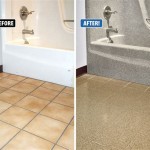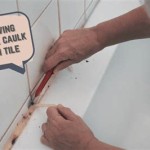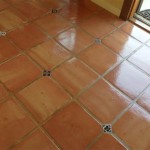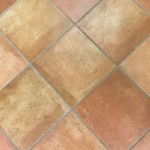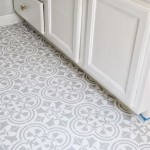Creating a Stylish Outdoor Walkway with Tiles: A Guide to Design and Installation
A well-designed outdoor walkway can enhance the aesthetics of any property, providing a functional and visually appealing path through gardens, patios, or around the house. While there are many materials to choose from, tiles offer a wide range of styles, colors, and textures, allowing for a truly unique and personalized design. This guide explores the process of creating a stylish outdoor walkway using tiles, encompassing design considerations, material selection, and installation techniques.
Design Considerations
The first step in creating an outdoor walkway is to carefully consider the design. Several factors influence the design process, including the overall style of the property, the intended use of the walkway, and the available space.
Style: The style of the walkway should complement the existing architecture of the property. For example, a modern home might benefit from a sleek and minimalist walkway, while a traditional cottage could benefit from a more rustic and charming design.
Intended Use: The intended use of the walkway will also dictate the design. A walkway leading to a garden might be wide and winding, while a walkway leading to the front door should be straight and wider for easy accessibility.
Space: The available space will determine the width and length of the walkway. Consider the surrounding landscaping and ensure the walkway integrates seamlessly with the existing environment.
Materials: The diverse range of tile materials offers a variety of styles, colors, and textures to suit any design aesthetic. Porcelain tiles are known for their durability and water resistance, making them suitable for outdoor use. Natural stone tiles like slate, granite, or limestone provide a rustic charm and unique patterns. Concrete tiles offer affordability and a range of colors and finishes.
Layout: The layout of the walkway can be simple or complex, depending on the desired aesthetic. Straight lines provide a modern and minimalist look, while curved lines create a more organic and inviting feel. Consider incorporating design elements like borders, patterns, and contrasting colors to add visual interest.
Material Selection
Choosing the right tile material for an outdoor walkway is crucial for both aesthetic appeal and longevity. Factors to consider include:
Durability: Outdoor tiles must withstand the elements, including rain, snow, and temperature fluctuations. Porcelain tiles are highly durable, while natural stone tiles can be susceptible to cracking or fading.
Slip Resistance: Outdoor walkways can become slippery when wet, so selecting tiles with a textured surface that improves slip resistance is vital. Look for tiles with a high coefficient of friction (COF) for enhanced safety.
Color and Finish: Tiles come in a vast array of colours and finishes to suit various design styles. Consider the surrounding landscaping and overall aesthetic when choosing the appropriate color and finish.
Maintenance: Some tile materials require more maintenance than others. For example, natural stone tiles may need regular sealing to protect them from stains and weathering. Porcelain and concrete tiles generally require minimal maintenance.
Installation Techniques
Installing outdoor tiles requires proper preparation and execution. Steps involved include:
Site Preparation: The first step is to prepare the site by removing any existing vegetation and debris. Ensure a level surface by excavating the area and adding a layer of compacted gravel.
Foundation: A strong foundation is essential for the longevity of the walkway. A base layer of sand or mortar should be placed over the gravel, followed by a layer of leveling mortar.
Laying the Tiles: The tiles should be laid on the leveling mortar, using spacers to ensure even spacing between tiles. It is crucial to use a level to check that the tiles are installed correctly and to avoid uneven surfaces.
Grouting: Once the tiles are installed, grout is applied between the tiles to fill in the spaces and provide a finished look. Allow the grout to cure completely before walking on the finished walkway.
Sealing: Sealing the tiles is important for protecting them from moisture, stains, and weathering. Sealing should be done after the grout has cured, and it should be repeated periodically throughout the lifespan of the walkway.
By carefully considering design, material, and installation techniques, you can create a stylish and functional outdoor walkway that enhances the beauty and value of your property.

Abaqus Cae User S Manual V6 5 1

Abaqus Cae User S Manual V6 5 1

Abaqus Cae User S Manual V6 5 1

Abaqus Cae User S Manual V6 5 1

User Assistance

Abaqus Cae User S Manual V6 5 1

Abaqus Cae User S Manual V6 5 1

User Assistance

Abaqus Cae User S Manual V6 5 1

Mastering The Abaqus Visualization Module Screenshot Legend Display
Related Posts


